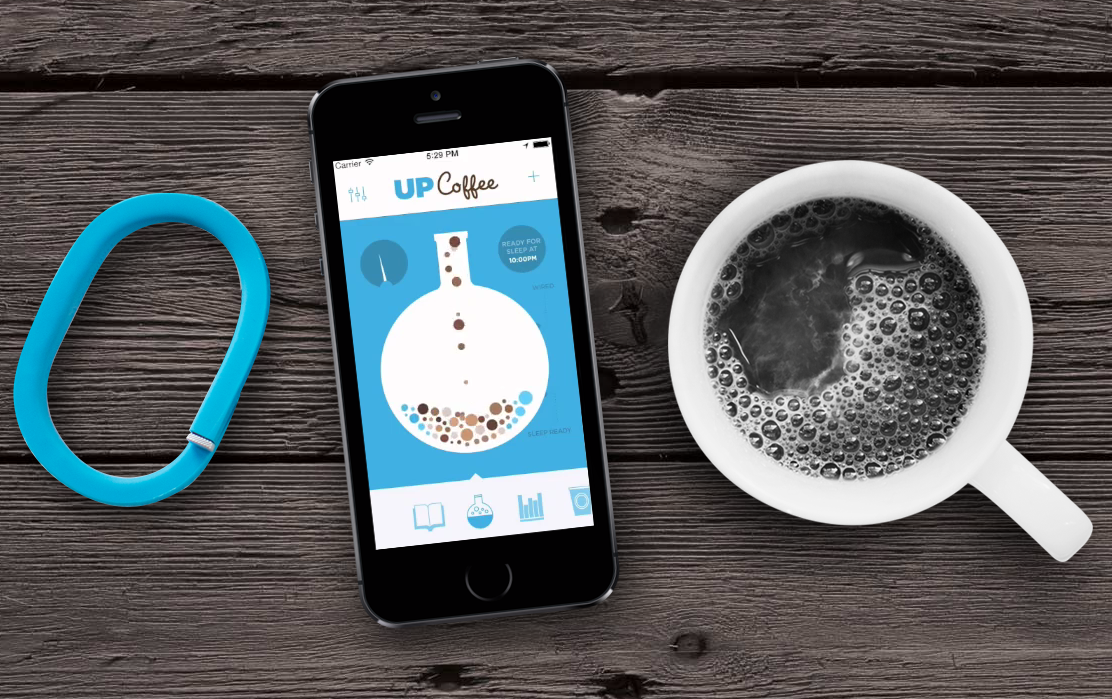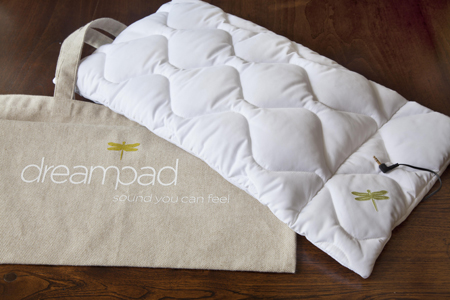A good night sleep is critical for our health, just like proper foods and physical activity. How to make the most of sleeping hours with wearable tech and apps—learn this in the round-up below.
Harnessing sensory experiences for a healthier wakeup
Withings, a company known by its web-connected gadgets, has produced the $299 Aura alarm clock that includes a multi-colored LED bedside lamp, which also analyzes environment, and a discrete on-mattress sleep sensor that reads the moves in the bed and regulates the light’s color based on a person’s stirrings in bed. When morning comes, the lamp shines blue, imitating the cool daytime light, and at night the light turns warm yellow, similar to the sunset light. As the person falls asleep, the lamp turns off. It also analyzes the sleeping habits and sends the data to the accompanying iPhone app via WiFi.
The Scent Rhythm Clock, a bulky timepiece for a wrist, releases multiple aromas at different times of the day to give a wearer an energetic push. For instance, in the morning the piece emits the smell of espresso, helping a person to wake up fast. In the evening, the piece releases the smell of chamomile to calm the wearer down and help fall asleep peacefully. In the coming years, smell may be also harnessed to influence dreams, triggering a happy dream or a nightmare, predicts Professor Adrian Cheok, founder and director of Singapore’s Mixed Reality Lab.
Changing daytime habits for a better sleep
ELLE’s beautiful infographics explains how the lack of sleep affects beauty and brings slower metabolism, raises the cancer risks and makes the skin look worse, and more.
Among others, consumption of caffeine comes as a strong negative factor that leads to sleep deprivation. Jawbone has released an application that illustrates the relation between the caffeine intake and the quality of sleep. The UP Coffee app, which can be used with and without the branded wristband, reveals the impact any caffeinated drink has on sleeping routines. The app can tell if the person is “sleep ready” or “wired,” based on the amount of caffeine in a drink and the time when it was consumed. When coupled with the web-connected Jawbone bracelet, the app shows how coffee addiction disrupts sleep patterns.

Still, coffee’s ability to keep a person awake during the night can be also considered as a positive thing. CANALplay, which is French Netfix, sourced inspiration from this fact to create a limited-edition coffee range, “Insomny Coffee,” that is supposed to help consumer stay awake during the night to watch movies and shows on the service’s platform. Each bag of 100% Arabica coffee beans or capsules went with a code that gave access to a free two-month CANALplay trial—a package could be purchased for just €5.99 (beans) and €4.99 (capsules). Currently, the range is sold out.
Donating idle sleep hours to things that matter
Samsung Austria partnered with the Faculty of Life Sciences of University of Vienna for a scientific project that sources processing power of smartphones or tablets while their owners sleep. The idea is simple: a user is to download a special Android app, Power Sleep, connect the device to Wi-Fi and a charger, and switch it on. As the person sleeps, the device supports researchers with the decryption of protein sequences. The average amount of data transmitted is 1 MB per package (as downloaded) and about half the size (as it’s uploaded). The calculation takes between 30 minutes and 1 hour per data package. So, the longer a person sleeps, the better.
This year, UNICEF Tap Project encouraged people to forget about their smartphones for a while for a good cause. As part of the initiative, for every 10 minutes a users stays away from his or her phone, a sponsor’s donation is unlocked. The money raised in this way is to be used for supporting sanitation and hygiene programs in deprived communities. The project focuses on donating minutes during the day and UNICEF says nothing about night time, but why not?
Indie rock band Vulfpeck have launched an entirely silent album, Sleepify, on Spotify to raise money for their upcoming tour, which will be free for the fans to attend. The album, which is 376 seconds long, features 10 tracks that don’t have a single note, and that’s why they are perfect for listening during the sleep. For each song played from the start to the end, a band gets $0.005, and listening to the album during an 8-hour sleep brigs $4.
Embedding listening experience into the sleep
The Dreampad pillow allows people to listen to music in bed without waking up their partners. The innovative piece streams music through “gentle, calming vibration” that are audible only to the person that lies on the pillow, delivering the music straight to the inner ear. This $179 pillow, which is very thin, plays music that calms a person down, helping fall asleep faster—the team behind the device call this a “massage to the nervous system.” Users can download the Dreampad music to their own devices or buy the pre-loaded Sony mp3 player along with the Dreampad. There are five relaxation tracks that go with the purchase.

A group of computer scientists from the University of Helsinki, Finland, have created a project that allows to transform a person’s sleep measurements into music. The synthetic pieces are created using data uploaded by subscribers to the Beddit service, on the Sleep Musicalization page. Non-subscribers can listen to the recorded pieces as well. “The result of musicalization of eight hours of sleep is an original piece of couple of minutes of music,” says the site.